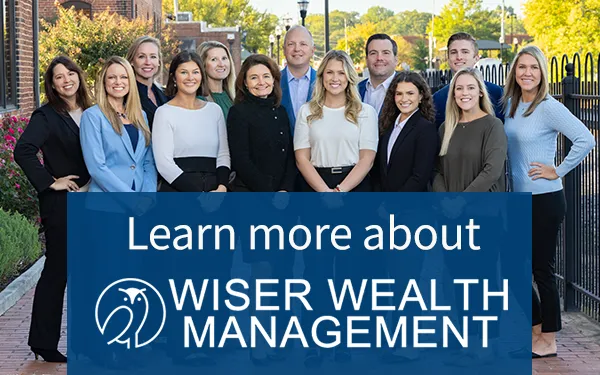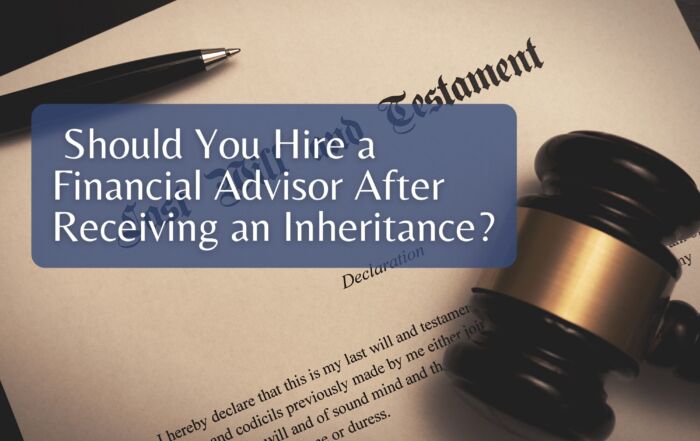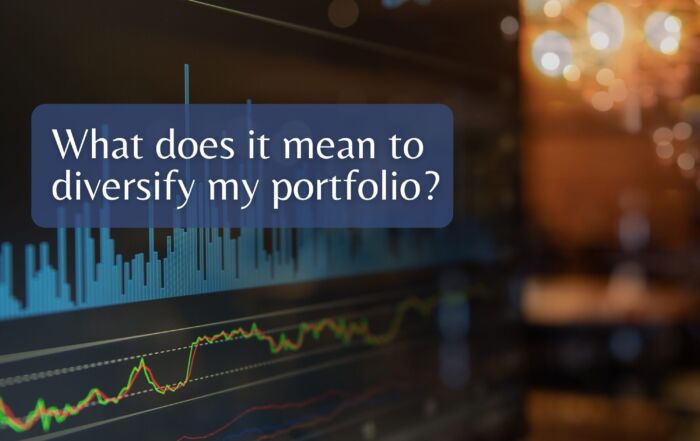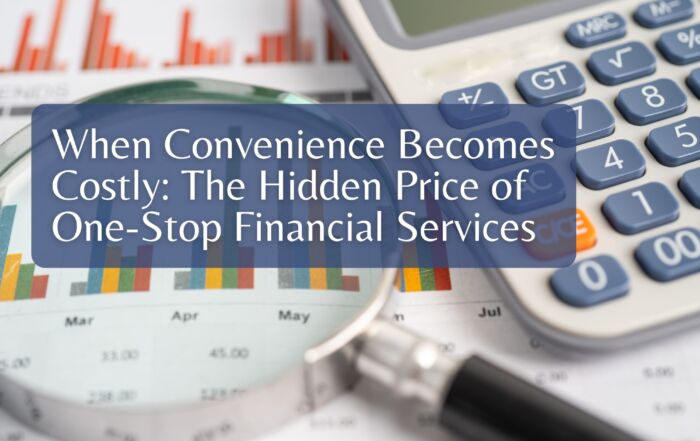Is it too late to save for retirement?

Most people have a vision of their lives in which they work until around age 60, retire, and then sail off into the sunset (or something equivalent). Investopedia reports that the average American aged 50-60 years old has around $160K saved in their 401k and most report contributing on average only 10% of their income to their retirement plans. This is not enough savings for a comfortable retirement in most parts of the United States. Working indefinitely into old age is probably not the desire of most people, so what do you do if you haven’t saved enough for retirement?
1. Build a Realistic Budget for Retirement
The first step to improving any situation is to grasp the reality of your current situation. Look at your current monthly expenses and build a realistic budget for retirement. Knowing what your cash out flow looks like can allow you to understand how much income you will need and what amount you are comfortable living on.
2. Pay Off Debt
Retirement is all about cash flow and debt is a cash flow killer. So much so that it may be better to hold off putting more money into your 401k plan in order to first pay off all debt. Start by listing out your current debts: mortgage, credit cards, personal loans, auto loans, etc. List the amount owed, minimum payment and interest rate. Pay off the smallest balance, then keep repeating until you are debt free. There is no one better at helping people get out of debt than Dave Ramsey. Here is a link to his debt snowball strategy. With no debt, the cash leaving your checking account in retirement will have dropped significantly, allowing you to live on less income.
3. Aggressively Save for Retirement
Once all your debt is paid off, you now have free cash flow to get aggressive with retirement savings. If possible, max out your 401k. For 2021, this amount is $26,000. If you can save more, look at saving into a Roth IRA. If your income is over the limit for this option, you can use the backdoor Roth strategy.
4. Work Until Age 70
Unfortunately, starting to save aggressively for retirement in your mid to late 50s requires you to set aside even more savings because there is less time for your money to compound and build on itself. To help with this, plan to work until age 70. Holding off on retirement for a few extra years will allow your investments to grow without withdrawals. It will also allow you to reach the max social security benefit age. For each year that you do not take social security between your full retirement age and age 70, there is an 8% annual increase in benefits. No matter your savings history, it is almost always better to wait until age 70 to take social security even if you retire at age 60.
5. Trust the Long-Term Investing Approach
Too often I see investors self-destruct the closer they get to retirement. The markets sell off and investors get scared, prompting them to move the portfolio to cash, only to realize losses and then invest again when they “feel better” about the market, which means the market is probably near it’s high again. This sell low, buy high tendency reduces the portfolio return, and if repeated enough could cost you a good portion of your portfolio. Building a portfolio of 60% – 70% stock and 40% – 30% bonds is an age appropriate portfolio for someone in their mid 50s. Use low cost index funds and resist making changes out of fear. Trust in the long-term capital markets and stick to your long-term approach. Remember that you are not investing until retirement; you are investing until you are dead. We create financial plans with our clients that last until at least age 95. This means that your money will be invested for decades, so don’t make short-term moves that kill your long-term performance.
There is almost always a path out of any financial situation. Grasping reality, developing a plan and executing that plan will lead you to that sailing off into the sunset moment, whatever that may be. In my 20 plus years of financial planning experience, I have had to deliver bad news to clients more than I would like, but leading them through these strategies have allowed many to find financial success in the end.
Casey Smith
President
Share This Story, Choose Your Platform!
Wiser Wealth Management, Inc (“Wiser Wealth”) is a registered investment adviser with the U.S. Securities and Exchange Commission (SEC). As a registered investment adviser, Wiser Wealth and its employees are subject to various rules, filings, and requirements. You can visit the SEC’s website here to obtain further information on our firm or investment adviser’s registration.
Wiser Wealth’s website provides general information regarding our business along with access to additional investment related information, various financial calculators, and external / third party links. Material presented on this website is believed to be from reliable sources and is meant for informational purposes only. Wiser Wealth does not endorse or accept responsibility for the content of any third-party website and is not affiliated with any third-party website or social media page. Wiser Wealth does not expressly or implicitly adopt or endorse any of the expressions, opinions or content posted by third party websites or on social media pages. While Wiser Wealth uses reasonable efforts to obtain information from sources it believes to be reliable, we make no representation that the information or opinions contained in our publications are accurate, reliable, or complete.
To the extent that you utilize any financial calculators or links in our website, you acknowledge and understand that the information provided to you should not be construed as personal investment advice from Wiser Wealth or any of its investment professionals. Advice provided by Wiser Wealth is given only within the context of our contractual agreement with the client. Wiser Wealth does not offer legal, accounting or tax advice. Consult your own attorney, accountant, and other professionals for these services.

